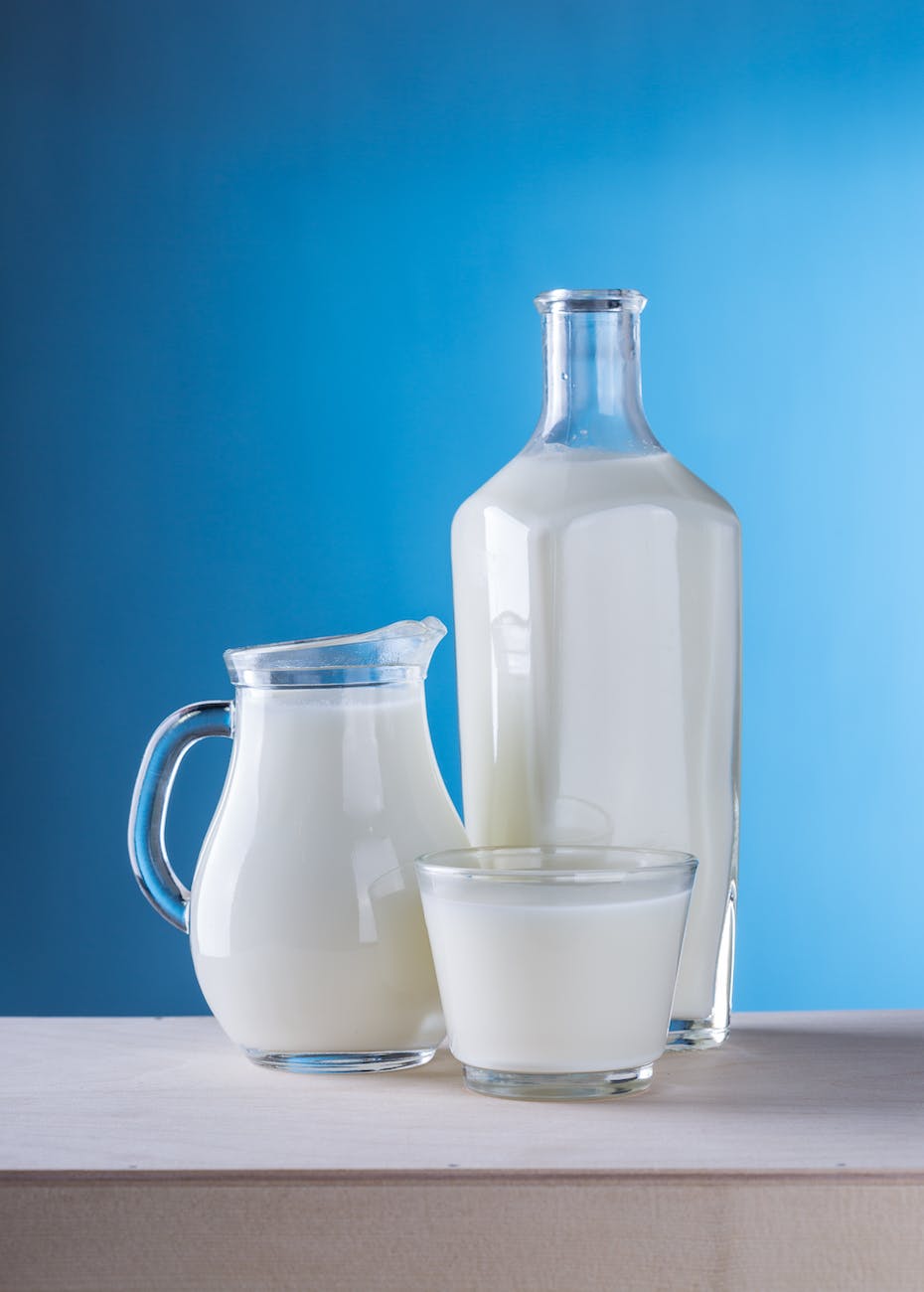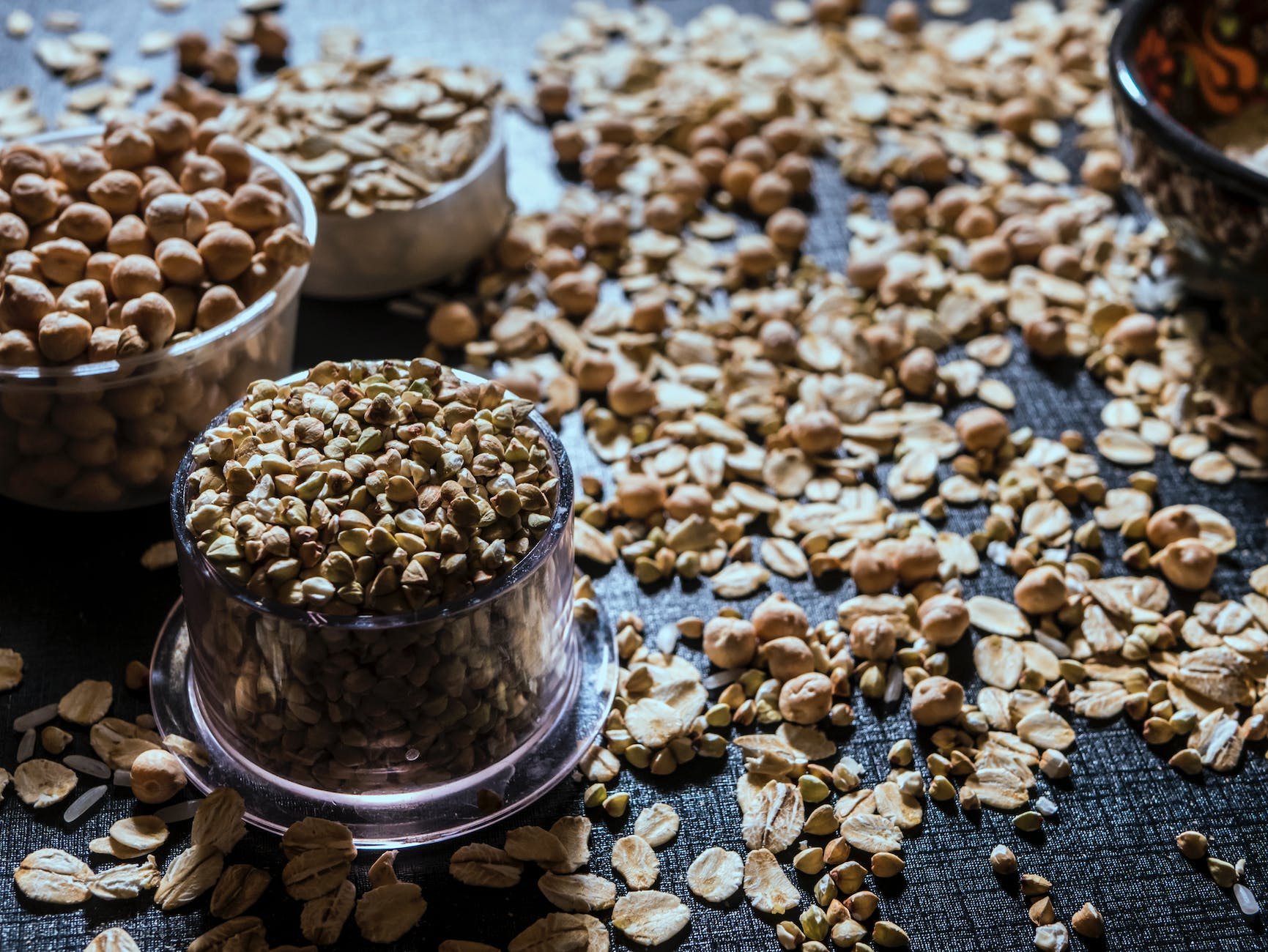
Are you curious about the role of Vitamin D in your milk? Or perhaps you’re wondering which type of milk offers the highest Vitamin D content? Maybe you’re even considering a switch to milk without Vitamin D? If so, you’ve come to the right place. This comprehensive guide will answer all your questions about Vitamin D in milk, its benefits, and much more.
Understanding Vitamin D: The Sunshine Vitamin
Vitamin D, often referred to as the “sunshine vitamin,” plays a crucial role in our bodies. It aids in the absorption of calcium and phosphorus, which are vital for maintaining healthy bones and teeth. But did you know that your glass of milk could be a significant source of this essential nutrient?
The Role of Vitamin D in Our Bodies
Vitamin D is a fat-soluble vitamin that our bodies produce when our skin is exposed to sunlight. It’s also found in certain foods and supplements. This vitamin is essential for:
- Promoting calcium absorption in the gut
- Maintaining adequate serum calcium and phosphate concentrations
- Enabling normal mineralization of bone
- Preventing hypocalcemic tetany (a condition causing muscle cramps)
- Modulating cell growth
- Reducing inflammation
- Influencing various other bodily functions
Vitamin D in Milk: A Nutritional Powerhouse
While natural cow’s milk contains small amounts of Vitamin D, most of the Vitamin D in milk comes from fortification. This process is done to help individuals meet their daily Vitamin D requirements. Whether it’s whole milk, 2% milk, or skim milk, the Vitamin D content is usually around 120 IU per cup, making it a good source of this nutrient.
Fortified Milk: A Source of Vitamin D
Milk fortification is a process where vitamins and minerals are added to the milk. This process began in the 1930s to combat rickets, a disease caused by Vitamin D deficiency. Today, most commercially available milk is fortified with about 100-120 IU of Vitamin D per cup.
Natural Sources of Vitamin D in Milk
While most of the Vitamin D in milk comes from fortification, it’s worth noting that cow’s milk naturally contains small amounts of Vitamin D. This Vitamin D comes from the cow’s diet, which includes grass, hay, and Vitamin D-fortified grain.
Milk with Calcium and Vitamin D: A Dynamic Duo
Milk is naturally high in calcium, and when fortified with Vitamin D, it becomes a powerhouse of both these essential nutrients. The combination of calcium and Vitamin D not only strengthens our bones but also plays a key role in muscle function and immune system support.
The Importance of Calcium
Calcium is the most abundant mineral in our bodies. It’s essential for the development and maintenance of strong bones and teeth. It also plays a crucial role in muscle function, nerve transmission, and blood clotting.
The Synergy of Calcium and Vitamin D
Calcium and Vitamin D work together in our bodies. Vitamin D aids in the absorption of calcium from the food we eat. Without sufficient Vitamin D, our bodies cannot effectively absorb calcium, leading to insufficient calcium in the bloodstream. This can result in various health issues, such as osteoporosis and rickets.
Choosing the Best Milk for Vitamin D
The “best” milk for Vitamin D is one that is fortified with this nutrient. This includes both cow’s milk and many plant-based milks like almond milk, soy milk, and oat milk. So, whether you’re a dairy lover or prefer plant-based alternatives, you can still reap the benefits of Vitamin D.
Cow’s Milk and Vitamin D
Cow’s milk, whether it’s whole, 2%, or skim, is often fortified with Vitamin D. It’s a convenient and readily available source of this vitamin, along with other essential nutrients like calcium, protein, and B vitamins.
Plant-Based Milks and Vitamin D
For those who prefer plant-based diets or are lactose intolerant, many plant-based milk alternatives are also fortified with Vitamin D. These include almond milk, soy milk, oat milk, and rice milk. Just like with cow’s milk, always check the nutrition label to ensure you’re choosing a product fortified with Vitamin D.
The Health Benefits of Vitamin D Milk
Drinking Vitamin D fortified milk offers several health benefits. It helps meet your daily Vitamin D needs, which is important for bone health, immune function, and even mood regulation. Plus, it’s an easy and delicious way to boost your nutrient intake.
Bone Health
Vitamin D is essential for bone health. It aids in the absorption of calcium, which is necessary for the development and maintenance of strong bones. Regular consumption of Vitamin D fortified milk can help prevent conditions like osteoporosis and rickets.
Immune Function
Vitamin D plays a crucial role in supporting our immune system. It can modulate the immune responses, reducing the risk of infections and autoimmune diseases. Drinking Vitamin D fortified milk can contribute to a healthy immune system.
Mood Regulation
Emerging research suggests a link between Vitamin D and mood regulation. Vitamin D deficiency has been associated with mood disorders like depression. Including Vitamin D fortified milk in your diet can contribute to maintaining a good mood and overall mental health.
Frequently Asked Questions
1. Does all milk contain Vitamin D? Not all milk contains Vitamin D. Natural cow’s milk contains only small amounts of Vitamin D. Most of the Vitamin D in milk comes from fortification. Always check the nutrition label to confirm.
2. What is the best milk for Vitamin D? The best milk for Vitamin D is one that is fortified with this nutrient. This includes both cow’s milk and many plant-based milks like almond milk, soy milk, and oat milk.
3. Can I get enough Vitamin D from milk alone? While fortified milk is a good source of Vitamin D, it’s unlikely to provide all the Vitamin D you need. It’s important to get Vitamin D from other sources as well, such as sunlight and other Vitamin D-rich foods.
4. What are the benefits of Vitamin D in milk? Vitamin D in milk helps our bodies absorb calcium more effectively, which is crucial for bone health. It also plays a role in immune function and mood regulation.
5. Is there milk without Vitamin D? Yes, there is milk without Vitamin D. Natural cow’s milk contains only small amounts of Vitamin D. However, most commercially available milk is fortified with Vitamin D.
6. What is the role of Vitamin D in our bodies? Vitamin D aids in the absorption of calcium and phosphorus, which are vital for maintaining healthy bones and teeth. It also plays a role in immune function, cell growth, and inflammation reduction.
7. Is Vitamin D in plant-based milk as effective as in cow’s milk? Yes, the Vitamin D added to plant-based milk is just as effective as the Vitamin D added to cow’s milk. The key is to ensure the milk is fortified with Vitamin D.
8. How much Vitamin D is in a glass of milk? A glass of fortified milk (about 1 cup) typically contains around 100-120 IU of Vitamin D, which is about 15-20% of the recommended daily intake for most adults.
9. Can I get Vitamin D from other sources besides milk? Yes, other sources of Vitamin D include sunlight, fatty fish, egg yolks, and Vitamin D supplements. It’s important to get a mix of sources to meet your Vitamin D needs.
10. Can consuming Vitamin D fortified milk improve my mood? Emerging research suggests a link between Vitamin D and mood regulation. While more research is needed, maintaining adequate Vitamin D levels, such as through consuming fortified milk, may contribute to overall mental health.
Conclusion
In a nutshell, Vitamin D plays a vital role in our health, and milk, especially when fortified, is an excellent source of this nutrient. Whether you prefer whole milk, 2% milk, or a plant-based alternative, you can enjoy the benefits of Vitamin D in your diet. Remember, it’s always important to consider your dietary needs and consult with a healthcare provider for personalized advice.
So, the next time you enjoy a glass of milk, remember you’re not just satisfying your thirst, you’re also nourishing your body with the essential Vitamin D.
Remember to share this post with your friends and family to spread the word about the power of Vitamin D in milk!













